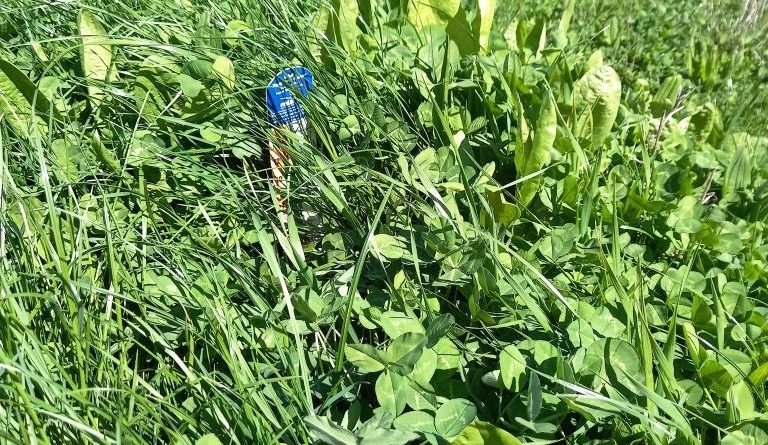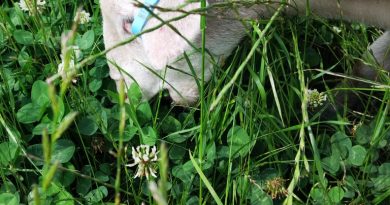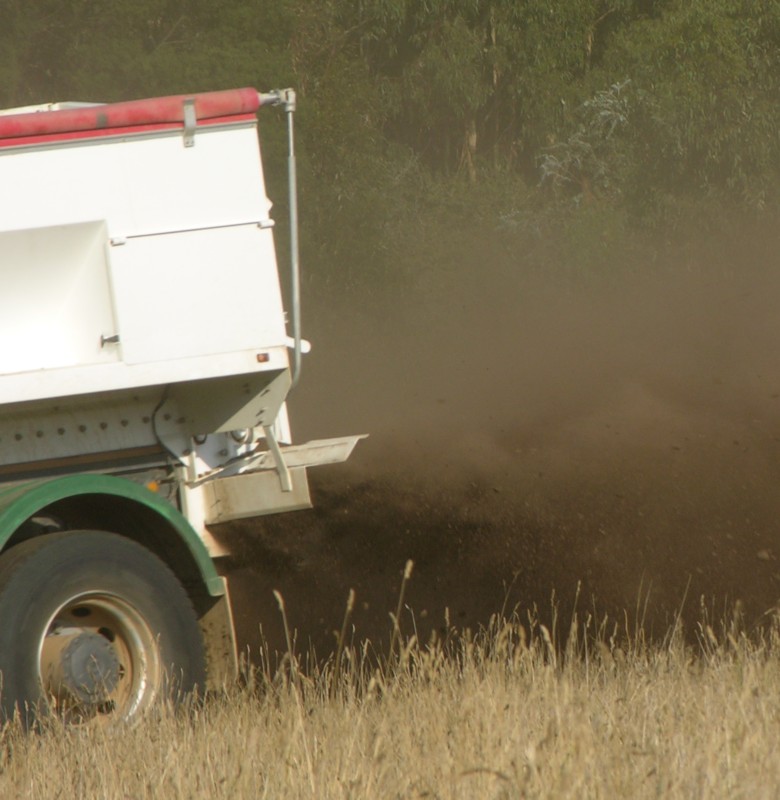Alternative fertiliser trials highlights pasture phosphorous response
There is strong interest among livestock producers in the effectiveness of soil treatments that provide a possible alternative to single super phosphate. In line with these changes in market sentiment, there has appeared a large range of soil treatments available for use by livestock producers. These treatments include animal wastes (e.g. cow, poultry, pig manures), composts, microbial products, microbial foods, plant growth substances and biologically activated phosphate rock.
Objective information, that has been independently collected from replicated experiments, on the effect of these treatments on pasture production has been limited and this has hampered the decision making process when it comes to choosing soil treatments and fertilisers.
In acknowledgement of this gap in information, MLA commissioned the review of a number of Producer Demonstration Site projects (and another supported by Binalong Landcare and NSW Department of Primary Industries) that were designed to investigate the effects of alternative soil treatments on soil chemistry and biology and pasture and livestock production. The review was conducted to provide an across-project assessment of the efficacy and cost effectiveness of alternative soil treatments for improving the biology and productivity of soils, pasture and livestock.

The projects included in this review provide a test of soil treatments in phosphorus (P) limiting and non-limiting environments. A total of 43 soil treatments were tested alone or in combination with superphosphate and these represented microbial and plant growth or microbial foods, animal wastes, major or trace nutrients other than P, other forms of P and biologically activated rock phosphate.

In total, the projects include ten sites in two environments (i.e. winter/spring and summer dominant rainfall regions), each site having a minimum of three replicates of each treatment, and included untreated controls and superphosphate.
The factor that best predicted pasture production in a P limiting environment was P application (Figure 1). At the Holbrook site, where starting soil P levels were non-limiting for pasture production, there was no relationship between P application and pasture production. The three data points from Figure 1 that sit prominently above the trend line include chicken litter at Armidale (extra response due to nitrogen supply), superphosphate at Binalong and superphosphate at 260 kg/ha at Wongwibinda. The goodness of fit of this relationship (excluding Holbrook data) is perhaps surprising given that P was supplied in forms of varying plant availability.

Figure 1: Relationship between phosphorus application and mean pasture production (relative to untreated control) in projects at Armidale, Binalong, Holbrook and Wongwibinda. The regression does not include Holbrook data points.
The correlation between P and sulphur (S) application (r=0.959) was strongly positive across soil treatments, with the exception of Agriash and SEP pig manure used at the Binalong site which had low levels of S in relation to P content. There was a significant and positive linear relationship between S application and pasture production but stepwise analysis indicated that including the level of S application did not improve the prediction of pasture production.
Changes to pasture quality appeared to reflect changes in pasture production, presumably because of effects of soil treatments on increasing clover content. Aggregating pasture production responses by category of soil treatment (Figure 2) indicated lowest effectiveness for microbial and plant or microbial food treatments and highest for those providing plant limiting nutrients.

Figure 2: Pasture production (relative to untreated control within site) by category of soil and pasture treatment. Note the number of means in each category (from left to right) is 7, 2, 2, 2, 2, 3, 5, 1. SP = single superphosphate; P = phosphorus. There were multiple products within some categories and data in this figure provides a category mean and does not provide a value for contributing products.
Take home messages
Where the level of P and S in soils was limiting for pasture production, application of P was best predictive of pasture responses. As few other soil chemical or biological measures were regularly associated with changes in pasture production, the conclusions from the data collected in these projects were that:
With P limiting soils, soil treatments to provide P (which also generally provide S) are most effective (i.e. first limiting) for increasing pasture production. Under these conditions, microbial products, plant growth or microbial foods or less limiting major or trace elements did not increase pasture production.
With P and S non-limiting soils with low exchangeable aluminium, application of microbial products, plant growth or microbial foods, or P were ineffective at increasing pasture production.
Pasture production was insensitive to the form of P and therefore animal wastes or other products capable of providing P were effective soil treatments in P limiting soils.
Measurements of microbial biomass and microbial activity were not associated with changes in pasture production and were highly variable over time. Where increases in microbial biomass and activity were detected, it was typically in response to soil treatments that provided plant limiting nutrients and not to microbial and plant growth or microbial foods.
The soil treatments with the lowest cost of producing extra pasture were those that addressed first limiting nutrients and in these projects, the most cost effective treatments were those that provided adequate amounts of P.
Source: A guide to fertilisers and soil treatments for beef and sheep meat production systems, MLA May 2014, Project code: E.PDS.1305



